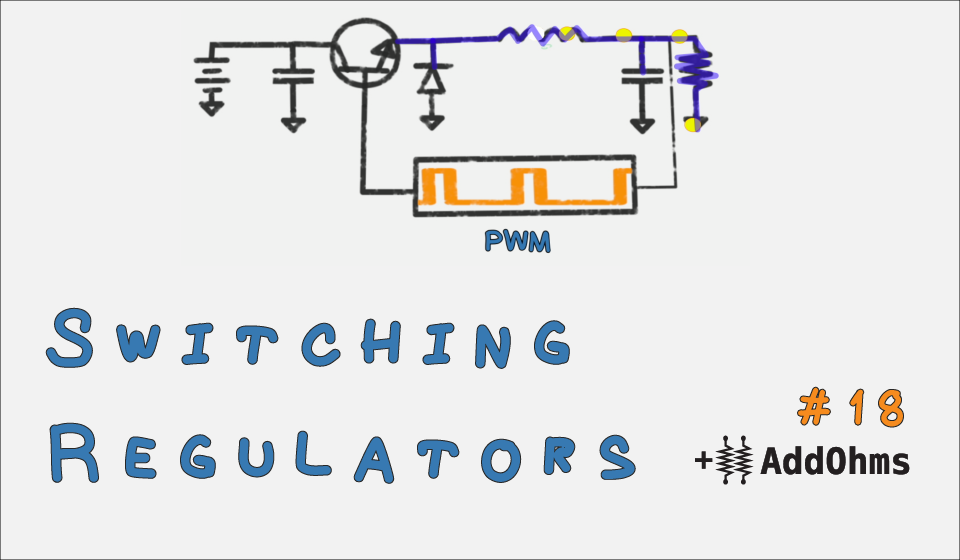It is commonly known that ceramic capacitors change capacitance with applied voltage. What isn’t always as well known is how strong this effect can be and why it occurs. At KEMET we’ve put together a technical video that answers that question.
What is Ask An FAE?
Ask An FAE is a new video series we launched at my day job, KEMET. An FAE is a field application engineer. These engineers are very common in the electronics industry. Companies like KEMET, where I work, have FAEs who meet with customers to answer technical (and very detailed) questions about how to use their products. In UBM’s Mind of an Engineer survey, FAEs were ranked as one of the top information sources for design engineers.
At KEMET we decide to use FAEs to answer the questions. While I’m not an FAE today, I was in the past and happy to kick off the series with our CEO.
Check out KEMET’s Ask An FAE



